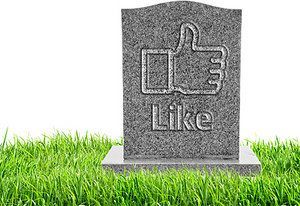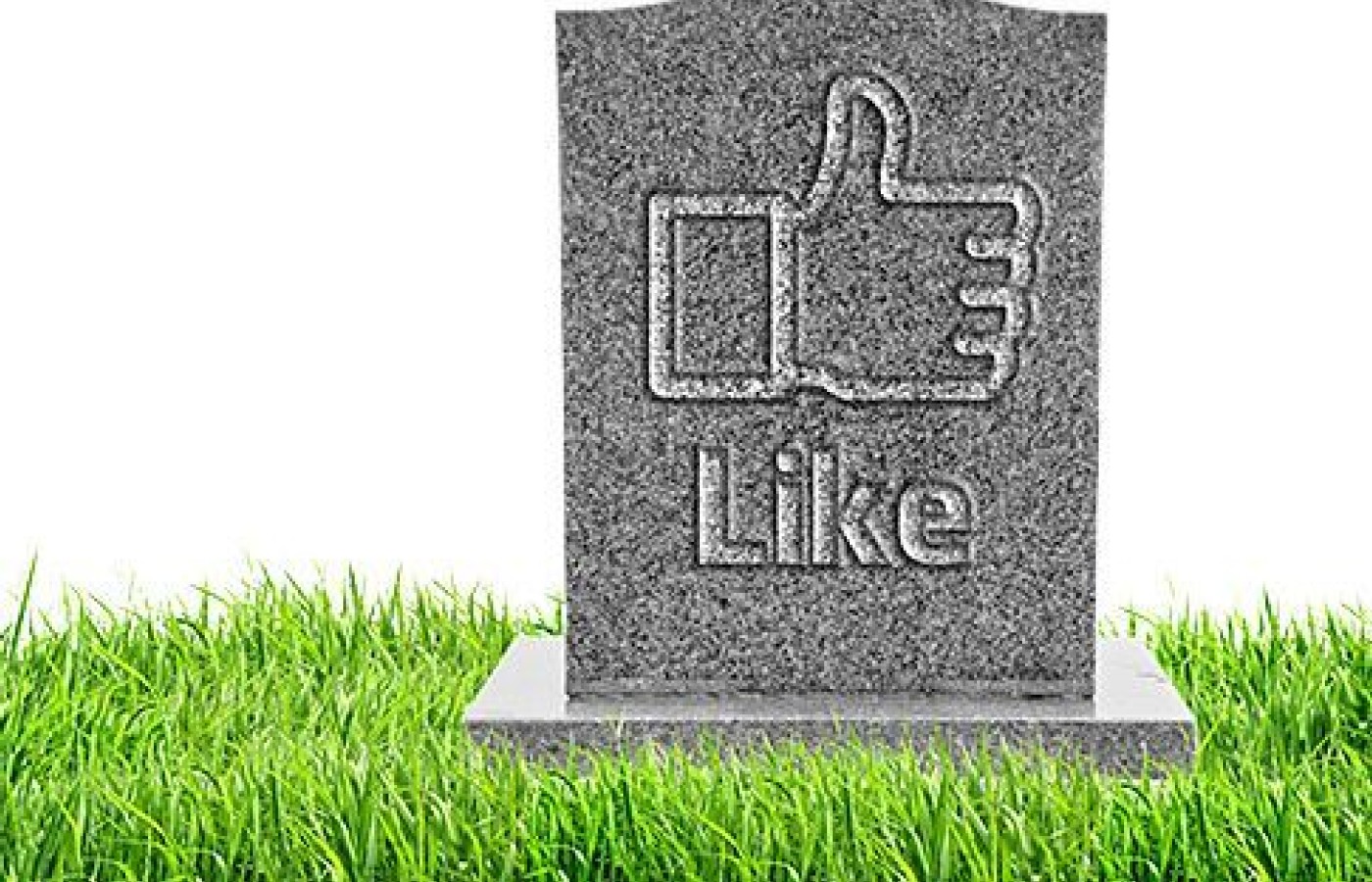It is estimated that 61% of patients with CTS avoid taking surgical options due to postoperative complications and costly surgical procedures. Chiropractic care offers a comprehensive and effective treatment for carpal tunnel syndrome, addressing the condition from multiple angles. Recent studies also have unveiled a game-changing adjunct to chiropractic treatments for CTS: nerve flossing.
Social Media Madness: How Your "Friends" Can "Like" You to Death
Everyone seems to be trying to get a handle on the whole "social media thing," but the reality is it isn't some great mystery, magic bullet or the "be all, end all" to your marketing. It is a tool, albeit a very powerful and helpful tool, in my opinion, when used effectively for growing your practice. However, the majority of people are misusing it. Similar to trying to use a screwdriver to hammer in a nail, you might get the job done – but at what cost?
As a society, in general people are always looking for the "quick fix." The same goes for business owners. Practitioners who don't really understand social media are getting sucked into really bad decisions. Recently I helped a client who had made an unfortunate decision with their Facebook page. Let's review her experience (minus the actual names and all the proprietary information to protect the business) so hopefully, you can avoid making this same mistake.

Red Flag #1: Inconsistent Audience Engagement
I've shared before how important it is to know who your target audience is and the importance of getting quality followers as opposed to quantity followers. This example shows why.
A clinic owner approached me about helping boost the results of their social media (specifically Facebook and Twitter) business pages. On initial analysis, everything appeared to be normal: more than 400 fans on Facebook; less followers on Twitter, but obviously they had invested some time and effort into building it. They were posting / tweeting at least once a day, but the concerning part was no engagement. Except for rare exception, no "likes," no "shares," no comments – basically no engagement. Once in a while there would be 2-3 days of no activity and then maybe a day of 2-3 posts, and then nothing again.
Lesson #1: Consistently posting / tweeting at least three times a day is key to growing your social market.
Red Flag #2: Improper Content Focus
I dug deeper, evaluating the content; it was pretty heavy on the promotional side. Most of the posts were "Schedule an appointment" or talking about how great the clinic was.
Lesson #2: People are not using social media platforms as a buyers / sellers marketplace; they are looking for information, education and connections with people.
The key is to adopt the 80/20 rule with your posts / tweets: 80 percent informational, educational and business / professional, and 20 percent promotional and personal.
This is typically what we find when evaluating most social media. Ninety percent of practitioners who become clients initially have this problem. The practitioner wants to treat Facebook and other social media channels like eBay and thinks people are jumping on Facebook to buy things. As a result of this misconception, they always talk about how wonderful their practice is, when they have appointment openings, treatment specials / discounts, etc. - instead of trying to make connections, share relevant information, and start or participate in educational / informational conversations with patients and potential patients.
The fix for this problem is simply to plan your strategy and use the tool (social media) the right way. Use it as a "social" tool to connect with current and potential new patients. Create topics and content that appeal to your target audience and spark conversation around how they benefit from chiropractic care and your services. In our example, we proceeded to work with the client to create a weekly social media agenda, integrated their other marketing plan into the mix, and created a nice balance of informational and education content.
Red Flag #3: The Wrong Connections
Here's where we get to another huge problem, one I have noticed is beginning to snowball into a much bigger catastrophic or even epidemic to many practitioners' social media pages. Too dramatic? Perhaps, but it is serious and can end up costing you $$$$ to fix, so I advise you to pay attention.
Every business owner and Internet marketer is discussing how much engagement has fallen on Facebook. It's true; Facebook, as well as the rest of the social media networks, are big data-mining programs. What that means is they track every single movement a user makes on their program – including all interaction with friends, businesses, organizations, entertainment, political and public figures – for every user, and how often and how much time you spend logged in and participating.
The main reason they do this is so business owners can target very specific key elements for advertising. In addition, because there is so much sharing and so many people using social networks, they are evaluating the type of content you are sharing and the type of followers you have.
If the computer program (known as an algorithm) deems that the majority of your followers haven't engaged with ("liked," "shared," commented, etc.) your content previously, then even though they have "liked" your page, none of your followers will see the updates.
If there is a conflict of the keywords, hashtags, descriptions and/or content being shared with the type of fans / followers you have, according to the social networks your updates / content will not be "prioritized," as they call it. That's a polite way of saying your updates will not be seen by your fans.
Why do I bother to share this with you? Because for my client, who had worked and invested time into getting more than 400 fans, creating content and trying to utilize social media to help the practice, her efforts were all for naught. Here's why. Even after creating the right agenda and sharing content for 1-2 weeks, we weren't seeing a change in the engagement. As I dug deeper, I soon realized the issue was much bigger than consistency and content. Over 95 percent of the fans on my client's Facebook page and 100 percent of her Twitter followers were all the client's friends!
When I approached the owner to confirm their clinic's target market, she confirmed she was looking for consumers within her city, and shared the other demographics, pain points, etc. The fans and followers on the clinic's social media pages were the complete opposite of her target market!
When I asked how she had acquired the fans, my client said she had used the "Let's share each other's Facebook pages" posts in various social media groups on LinkedIn and Facebook, and the hundreds of posts of chiropractors sharing their links to their Facebook pages to get other chiropractors to "like" them. Cue the slow-motion death scene in every action movie where the main character yells, "Nooooooo!" Basically, my client's "friends" had "liked" her page to death!
I'm not being overly dramatic here, especially with the recent changes all social media platforms are making to their algorithms. They are coming down on what they determine to be "fake" fans. Why are the social networks doing this? Because three years ago, it was all about getting huge numbers of "likes" and followers to get the most engagement. The pages with the most "likes" or followers always had the top spots in the news feeds. Big brands were investing big money into getting "likes" and followers, and didn't care where they came from.
The social networks saw the amount of engagement dropping because it allowed big brands and few small brands to "spam" the news feeds. To try to correct the issue, the social networks have been adjusting the algorithms to deter this type of behavior and increase the amount of time users spend on the social network.
One of the benefits is that this is supposed to correct and create a fair environment for smaller brands, too. Unfortunately, when practitioners are participating in these "Let's 'share' and 'like' each other's pages" and "like" pages they have no interest in (and may not ever visit again), it can mean certain page death.
Page Resurrection in 4 Simple Steps
I'm here to tell you there is hope. A page can be "resurrected," if you will; here is how to get the process started:
Step 1: Unfollow or get rid of any "fake" fans / followers. This means you have to focus on who your target audience is and concentrate on engaging with them and them only.
Step 2: Find groups and pages where your ideal target audience is "hanging" out. Follow those pages / join those groups and then participate – by sharing and commenting when possible as your business page, 3-5 times a week.
Step 3: Invest in some "like" ads or promotional tweets to your very specific targeted demographics. You can also re-target the ads to your current page fans / followers, but only once you have removed the "fake" fans and are sure you only have "real" fans / followers of your page.
Step 4: Continue to follow the 80/20 posting / tweeting rule and consistently post a status or tweet at least three times a day.
Yes, this means a little more work, but sometimes that's the price you pay with social media if you try to make shortcuts, "quick fixes" or use the tool inappropriately. Even if it weren't your intention or "seemed like a good idea," most shortcuts in life aren't advisable.
We all know the popular saying about the direction a certain "road paved with good intentions" is headed. Let's avoid that path to begin with. Unless your target audience is other chiropractors / practitioners, you aren't being a good "friend" by "liking" their page! You're actually committing them to a slow and almost certain death!



